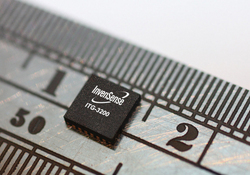All Posts (14056)
Sort by




 To use the FTDI cables to program the OSD, you'll only need 4 wires. Use the diagram below.
To use the FTDI cables to program the OSD, you'll only need 4 wires. Use the diagram below.




 To use the FTDI cables to program the OSD, you'll only need 4 wires. Use the diagram below.
To use the FTDI cables to program the OSD, you'll only need 4 wires. Use the diagram below.